- Conosci il tuo livello: I principianti hanno bisogno di sci indulgenti, mentre gli sciatori avanzati possono gestire configurazioni più aggressive.
- Adatta al terreno: Identifica se scierai su piste battute, powder o park.
- Stabilisci le priorità: Decidi se vuoi velocità, portabilità o versatilità.
- Semplifica l'attrezzatura: Snowfeet* mini sci (26–39 pollici) si adattano a qualsiasi scarponi invernali e funzionano su tutti i terreni, a differenza degli sci tradizionali che richiedono scarponi e attacchi specializzati.
Confronto rapido: Snowfeet* vs. Sci lunghi tradizionali
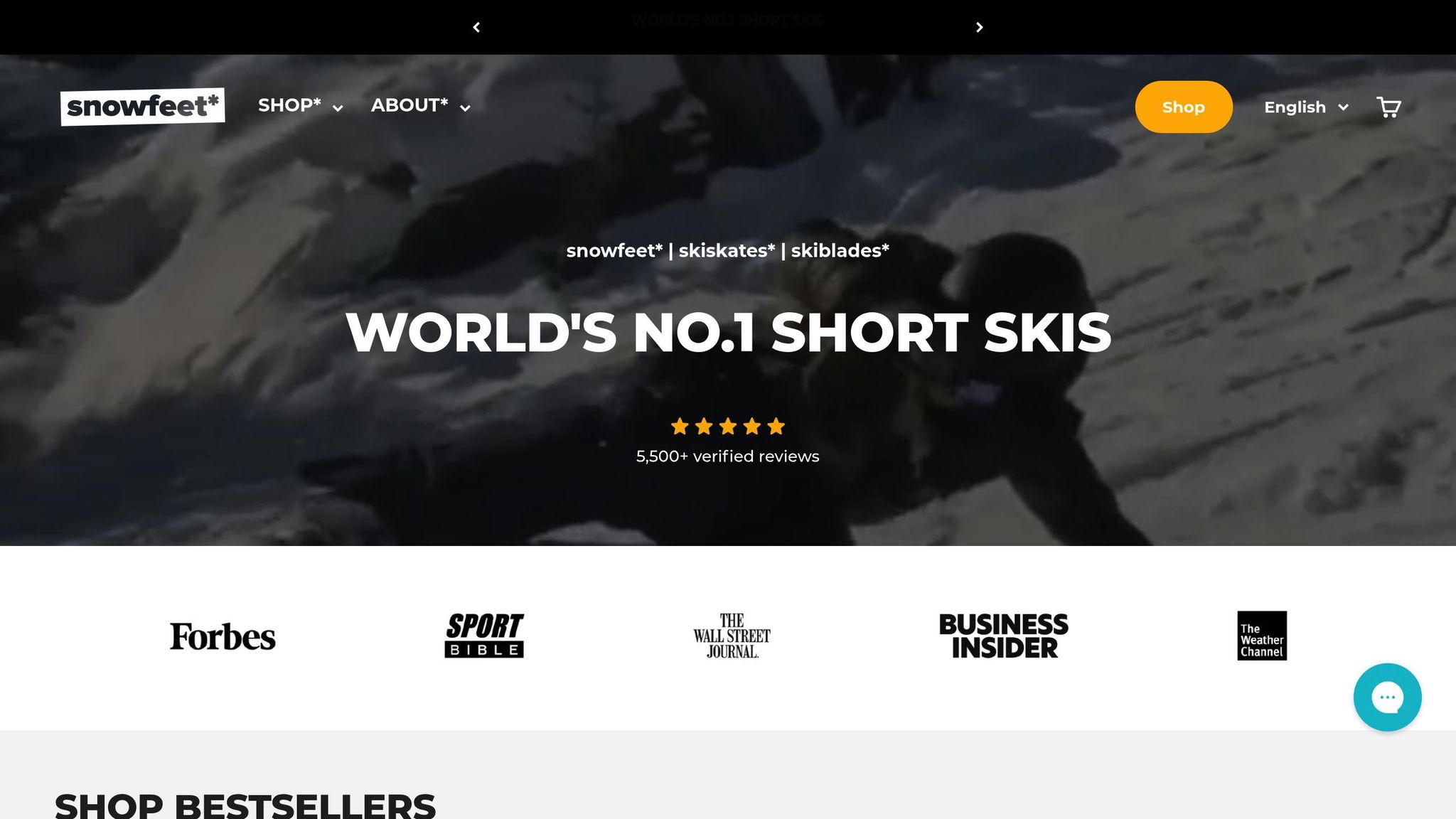
| Caratteristica | Prodotti Snowfeet* | Sci lunghi tradizionali |
|---|---|---|
| Portabilità | Compatto; entra in uno zaino | Ingombrante; richiede borse da sci |
| Compatibilità degli scarponi | Funziona con normali scarponi invernali | Richiede scarponi da sci specializzati |
| Curva di apprendimento | Più facile per i principianti | Più ripido; spesso sono necessarie lezioni |
| Flessibilità del terreno | Funziona sulla maggior parte delle superfici | Configurazioni specifiche per il terreno |
| Fascia di Prezzo | $150–$690 | $800–$2,000+ |
Snowfeet* offre un'opzione più semplice e accessibile per sciatori di tutti i livelli. Che tu sia un principiante o un esperto, il loro design compatto elimina le incertezze e rende lo sci semplice e divertente.
Come scegliere gli sci: dimensioni, tipi di sci e altro
Sappi cosa ti serve prima di comprare
Prima di immergerti nello shopping online per l'attrezzatura da sci, prenditi un momento per capire cosa ti serve davvero. Questo rapido auto-controllo può salvarti da acquisti inutili e aiutarti a tagliare attraverso tutto il marketing delle marche tradizionali di sci. Pensa al tuo livello di abilità, al tipo di terreno che preferisci e ai tuoi obiettivi personali nello sci - questi ti guideranno verso la scelta giusta.
Controlla il tuo livello di abilità
Il tuo livello di abilità è molto importante nella scelta dell'attrezzatura giusta. Influisce su tutto, da quanto devono essere flessibili i tuoi sci a quale lunghezza funziona meglio per te.
- Principianti hanno bisogno di attrezzature indulgenti che li aiutino a evitare errori.
- Sciatori avanzati possono gestire configurazioni più aggressive e reattive che corrispondono alla loro esperienza.
Snowfeet* rende tutto facile per chiunque, ovunque si trovi nel suo percorso sciistico. I loro skiblades e skiskates sono più corti (da 26 a 39 pollici), il che li rende ideali per i principianti - sono più indulgenti e facili da controllare. Allo stesso tempo, offrono tanto divertimento e versatilità per sciatori esperti.
François Pugh, uno sciatore esperto, sottolinea l'importanza del peso nella scelta degli sci:
"Il peso è il fattore più significativo, la velocità è il secondo fattore più importante e l'altezza è il terzo fattore più importante."
Gli sci tradizionali spesso richiedono di bilanciare più fattori, come peso e altezza, per trovare la giusta combinazione. Snowfeet* semplifica questo processo con un design compatto che funziona bene indipendentemente dal tuo peso o altezza.
Scegli il tipo di terreno
Terreni diversi richiedono attrezzature diverse. Ecco una rapida panoramica:
- Piste battute: Sci che eseguono curve lisce e pulite sulla neve compatta.
- Sciata in powder: Sci più larghi che ti aiutano a galleggiare senza sforzo sulla neve soffice.
- Park e freestyle: Sci flessibili con punte gemelle progettati per trick e salti.
Snowfeet* elimina la necessità di molteplici configurazioni. Sono progettati per gestire tutto, dalle curve carving su piste battute alla navigazione tra i dossi e persino per provare le strutture del park. La loro dimensione compatta li rende anche una scelta eccellente per avventure fuori pista. Immagina di mettere i leggeri Snowfeet* nello zaino invece di trascinare ingombranti sci da 170 cm.
Stabilisci i tuoi obiettivi e priorità
Quando non puoi testare l'attrezzatura di persona, sapere cosa vuoi dalla tua esperienza sugli sci può fare tutta la differenza. Oltre al terreno, i tuoi obiettivi personali ti aiuteranno a scegliere l'attrezzatura giusta.
Chiediti:
- Stai inseguendo la velocità su piste ripide e battute?
- Hai bisogno di attrezzatura portatile per viaggiare facilmente?
- Vuoi qualcosa di semplice per imparare senza stress?
- Sperando in un divertimento freestyle senza impegnarti in attrezzature costose specifiche per il park?
Snowfeet* si concentra su ciò che interessa alla maggior parte degli sciatori: divertimento, facilità d'uso e versatilità. Sono abbastanza leggeri da entrare in una valigia normale (niente costi extra per la sacca da sci!), abbastanza semplici da imparare rapidamente anche per i bambini, e abbastanza divertenti da far tornare gli sciatori esperti per averne ancora.
Invece di stressarti con infinite specifiche tecniche, pensa a cosa migliorerà davvero il tuo tempo sulle piste. La maggior parte degli sciatori vuole solo un'attrezzatura affidabile, facile da usare e che non richieda una laurea in ingegneria per capirla.
| Altezza dello sciatore | Lunghezza sci tradizionali | Lunghezza Snowfeet* |
|---|---|---|
| 5'0" | 135–155 cm | 26–39 pollici (taglia unica) |
| 5'4" | 150–170 cm | 26–39 pollici (taglia unica) |
| 5'8" | 160–180 cm | 26–39 pollici (taglia unica) |
| 6'0" | 170–190 cm | 26–39 pollici (taglia unica) |
Nota come gli sci tradizionali richiedano di scegliere la lunghezza giusta in base alla tua altezza. I prodotti Snowfeet*, invece, sono progettati per adattarsi a tutti. Questo elimina l'incertezza nell'acquisto di sci online e rende il processo molto più semplice.
Fattori principali da considerare quando si scelgono gli sci online
Comprare sci online può sembrare un po' complicato dato che non puoi toccare fisicamente l'attrezzatura o provarla prima. Ecco perché è essenziale prestare attenzione ad alcuni dettagli tecnici chiave.
Lunghezza e misure degli sci
Quando si tratta di lunghezza degli sci, i metodi tradizionali di misurazione si basano su un mix di altezza, peso e livello di abilità. Grandi nomi come Rossignol, Atomic e Head usano formule per aiutarti a trovare la misura giusta. Una regola generale è che i tuoi sci dovrebbero arrivare da qualche parte tra il mento e la cima della tua testa. Ma ecco il punto: il peso conta più dell'altezza quando si determina la lunghezza degli sci. Per esempio, uno sciatore alto 6'2" che pesa 140 libbre avrà bisogno di un setup diverso rispetto a qualcuno della stessa altezza ma che pesa 220 libbre. Questo rende lo shopping online un po' più complicato poiché non puoi provare gli sci di persona.
Per i principianti, gli sci più corti sono spesso la scelta migliore poiché sono più facili da controllare e offrono maggiore stabilità. Gli sciatori avanzati, invece, possono preferire sci più lunghi per più velocità e prestazioni. Snowfeet* elimina l'incertezza di questo processo offrendo lunghezze standardizzate per i loro skiblades e skiskates, che vanno da 26 a 39 pollici (65 a 99 cm). Queste misure funzionano per un'ampia gamma di utenti, indipendentemente da altezza o peso.
Una volta che hai capito la misura, il passo successivo è abbinare i tuoi sci al terreno.
Tipo di sci e abbinamento al terreno
I marchi tradizionali di sci progettano tipicamente i loro prodotti per scopi specifici. Per esempio:
- Rossignol si concentra su sci da gara costruiti per la velocità, con vita stretta e tagli laterali pronunciati.
- Head è specializzata in sci freestyle, perfetti per salti e trick.
- Atomic offre sci all-mountain con raggi di curva variabili per la versatilità.
Sebbene questi sci si comportino eccezionalmente bene negli ambienti per cui sono pensati, possono sembrare limitanti se ti piace variare. La maggior parte degli sciatori ama una varietà di terreni - come piste battute al mattino, polvere nel pomeriggio, e magari anche un giro nel terrain park più tardi. Con gli sci tradizionali, spesso devi scegliere una specialità, il che può significare compromessi in altre condizioni.
I prodotti Snowfeet* sono progettati con la versatilità in mente. Grazie alle loro dimensioni compatte e alla costruzione unica, gestiscono tutto, dalle piste battute alla polvere, dai dossi alle strutture del park. Inoltre, gli sci più corti offrono naturalmente curve più rapide. Per riferimento, gli sci tradizionali all-mountain di solito hanno raggi di curva inferiori a 17 metri, mentre gli sci con raggi maggiori sono migliori per la neve profonda. Snowfeet* rientra nella categoria delle curve rapide, rendendoli agili e divertenti indipendentemente dal terreno.
Ora, parliamo di come i tuoi scarponi si inseriscono nell'equazione.
Compatibilità tra attacchi e scarponi
Le configurazioni tradizionali degli sci possono diventare piuttosto complicate, specialmente quando si tratta di abbinare scarponi e attacchi. Accoppiamenti non allineati possono causare problemi come il rilascio prematuro o il mancato rilascio, aumentando il rischio di infortuni. Ecco una rapida panoramica:
- Gli attacchi Alpine funzionano solo con scarponi alpini ISO 5355.
- Gli attacchi GripWalk richiedono scarponi ISO 23223 GripWalk.
- Gli attacchi Tech richiedono scarponi da touring con attacchi tech.
- Gli attacchi WTR sono fatti per scarponi Walk To Ride.
Inoltre, devi considerare la larghezza del freno (non dovrebbe superare la vita dello sci di più di 10 mm), le impostazioni di rilascio e i dispositivi antifrizione. È molto da capire, e sbagliare può influire sia sulla tua sicurezza che sulle prestazioni.
Snowfeet* mantiene le cose semplici. La loro attrezzatura è compatibile con normali scarponi invernali o scarponi da snowboard - quelli che probabilmente possiedi già. Non c'è bisogno di preoccuparsi di scarponi da sci specializzati, tabelle di attacchi confuse o costose sessioni di adattamento degli scarponi. Questo approccio snello significa che puoi scendere in pista subito senza spendere di più per attrezzature specializzate. Si tratta di rendere lo sci più accessibile e senza complicazioni.
Perché Snowfeet* batte gli altri marchi di sci
Quando si tratta di acquistare sci online, soprattutto per chi apprezza la semplicità, Snowfeet* si distingue dalla massa. Grandi nomi come Rossignol, Atomic e Head dominano il mondo dello sci con la loro attrezzatura specializzata (e spesso costosa), ma Snowfeet* offre un'alternativa rinfrescante, semplice e adattabile.
Cosa rende Snowfeet* speciale?
Una delle caratteristiche distintive di Snowfeet* è la sua versatilità. A differenza degli sci tradizionali progettati per terreni specifici, i prodotti Snowfeet* possono affrontare una vasta gamma di superfici. Che tu stia camminando su sentieri escursionistici, scivolando su piste da sci di fondo, affrontando le piste da sci o godendoti una collina per slittino locale, Snowfeet* ti copre. Come dice una fonte:
"Snowfeet* è il modello più versatile. Puoi portarli con te durante un'escursione, su sentieri da sci di fondo, sulle piste da sci o semplicemente su una collina per slittino locale. Il grande vantaggio è che puoi indossarli con qualsiasi scarpa invernale."
Questa flessibilità significa niente più preoccupazioni per scarponi da sci specializzati o problemi di compatibilità, il che aiuta anche a contenere i costi.
Un altro grande vantaggio? I prodotti Snowfeet* sono leggeri e compatti. Possono entrare facilmente in uno zaino, rendendoli perfetti per avventure remote o brevi viaggi nel weekend senza il fastidio di trasportare attrezzature ingombranti.
La durata è un altro punto a favore. Realizzati con materiali rinforzati in fibra di vetro e bordi sci in metallo, Snowfeet* è costruito per durare. Progettati e prodotti in Europa, questi mini sci possono affrontare una varietà di condizioni. Inoltre, la loro lunghezza ridotta li rende adatti ai principianti, offrendo una curva di apprendimento più facile rispetto agli sci tradizionali.
Gli svantaggi dei marchi di sci tradizionali
Gli impianti sciistici tradizionali spesso comportano complessità e costi elevati. I loro design specifici per il terreno significano che potresti aver bisogno di più paia di sci per affrontare condizioni diverse. Per esempio, gli sci da gara funzionano bene su piste battute, ma non sono ideali per la neve fresca. Questa specializzazione può portare a investimenti costosi in più paia di sci.
Il trasporto e lo stoccaggio possono essere un problema. Gli sci tradizionali, spesso lunghi 1,5–1,8 metri, richiedono portapacchi, sacche da sci o molto spazio. Viaggiare con loro? Preparati a costi extra con le compagnie aeree e a sfide logistiche. E non dimenticare la manutenzione continua - la regolazione professionale e l'affilatura possono costare rapidamente.
Per i principianti, questi fattori possono far sembrare lo sci un hobby costoso e difficile da iniziare.
Snowfeet* vs. Sci lunghi tradizionali: un confronto rapido
Ecco un confronto affiancato di come Snowfeet* si confronta con gli sci lunghi tradizionali:
| Caratteristica | Prodotti Snowfeet* | Sci lunghi tradizionali |
|---|---|---|
| Portabilità | Ultra-portatile; entra in uno zaino | Ingombrante; necessita di una sacca da sci o portapacchi |
| Compatibilità degli scarponi | Funziona con qualsiasi scarpa invernale | Richiede scarponi specializzati (300–800 $) |
| Curva di apprendimento | Facile da controllare per i principianti | Curva di apprendimento più ripida; spesso servono lezioni |
| Flessibilità del terreno | Funzionano su piste battute e neve leggera (fino a 10 cm) | Specifici per il terreno; potrebbe servire più di un paio |
| Trasporto | Compatibile con il bagaglio a mano; nessun costo extra | Costi extra per la compagnia aerea; ingombrante da trasportare |
| Fascia di Prezzo | $150–$690 (set completo) | $800–$2,000+ (sci, scarponi, attacchi) |
| Manutenzione | Minimo; ceratura occasionale | Richiede regolazioni professionali e lavoro sui bordi |
| Stoccaggio | Compatto; si adatta a una mensola dell'armadio | Necessita di ampio spazio di stoccaggio come un garage |
Come mostra il confronto, Snowfeet* offre un modo più semplice e accessibile per godersi gli sport invernali. Oppure, come dice l'azienda:
"Come i coltellini svizzeri della montagna – pronti a tutto."
Mentre i marchi tradizionali continuano a concentrarsi su attrezzature lunghe e specializzate, Snowfeet* dimostra che un equipaggiamento più corto e adattabile può offrire un'esperienza divertente e senza problemi - perfetto per chi non può provare l'attrezzatura di persona.
sbb-itb-17ade95
Consigli Pratici per Comprare Sci Online
Comprare sci online può sembrare complicato, ma con l'approccio giusto puoi trovare con sicurezza il paio perfetto. Ecco come affrontare il processo come un acquirente esperto.
Leggi Recensioni e Guarda Video
Recensioni e video sono miniere d'oro di informazioni se sai cosa cercare. Concentrati sui feedback di sciatori che corrispondono al tuo livello di abilità, stile e terreno preferito. Per esempio, un principiante trarrà più beneficio dalle recensioni di sciatori occasionali che da esperti navigati che affrontano pendii estremi.
- Cerca approfondimenti sulle prestazioni. Presta attenzione a come gli sci gestiscono diverse condizioni - polvere, piste battute o tratti ghiacciati. Le recensioni che analizzano la versatilità su vari terreni sono le più utili.
- Individua problemi di durata. Commenti sull'usura dei bordi, affidabilità degli attacchi o difetti di costruzione possono evitarti di comprare sci che non dureranno nel tempo.
- Guarda i dettagli di montaggio nei video. I video dimostrativi spesso mostrano come gli sci si comportano con specifici attacchi e regolazioni, dandoti un'idea più chiara della loro reattività e stabilità.
Una volta raccolti feedback reali, usa le tabelle delle taglie e i consigli degli esperti per restringere le opzioni.
Usa Tabelle delle Taglie e Supporto Clienti
Le tabelle delle taglie sono un ottimo punto di partenza, ma non raccontano tutta la storia. Fattori come il tuo stile di sciata e il terreno preferito possono influenzare la scelta migliore per te.
- Chiedi consiglio a esperti. Molti rivenditori di sci offrono supporto personalizzato. Condividi la tua altezza, peso, livello di abilità e preferenze di terreno per ricevere raccomandazioni su misura.
- Pensa al tuo stile di sciata. Le esigenze di taglia possono variare molto. Per esempio, sciatori aggressivi potrebbero preferire sci leggermente più lunghi per stabilità, mentre chi ama curve rapide e agili potrebbe scegliere sci più corti.
- Considera peso ed esperienza. Sciatori più pesanti o con uno stile più aggressivo spesso beneficiano di sci più lunghi, mentre sciatori più leggeri o meno esperti potrebbero preferire opzioni più corte e facili da controllare.
Alcuni marchi, come Snowfeet*, semplificano la scelta della taglia con design più corti e maneggevoli, rendendo più facile per sciatori di tutti i livelli trovare una calzata comoda.
Controlla le Politiche di Reso e le Garanzie
Una solida politica di reso è la tua rete di sicurezza quando acquisti sci online. Ti assicura copertura se gli sci non soddisfano le tue aspettative.
- Cerca finestre di reso generose. Rivenditori come Sun & Ski Sports offrono una politica di reso di 30 giorni per merce non utilizzata, con cambi o credito in negozio disponibili fino a 60 giorni dall'acquisto. Questa flessibilità può essere una salvezza se non puoi testare subito gli sci.
- Comprendi i dettagli. Alcune aziende detrattono le spese di spedizione del reso dai rimborsi, quindi considera questo nella tua decisione.
- Tieni tutto intatto. Conserva l'imballaggio originale, le etichette e la prova d'acquisto. Molti rivenditori li richiedono per resi o cambi. Scattare foto degli sci al loro arrivo può anche aiutare a documentarne le condizioni.
- Fai domande in anticipo. Se qualcosa nella politica di reso o garanzia non è chiaro, contatta il servizio clienti. È meglio chiarire prima di acquistare che affrontare sorprese dopo.
- Attenzione al tracciamento dei resi. Alcuni rivenditori monitorano i resi frequenti, quindi tienilo a mente se restituisci spesso acquisti online.
Infine, considera il costo totale di proprietà. A volte pagare un po' di più per sci da un rivenditore con politiche di reso migliori può farti risparmiare soldi e mal di testa a lungo termine.
Fai la scelta giusta con fiducia
Prima di cliccare su "acquista" per il tuo prossimo paio di sci, prenditi un momento per riflettere sul tuo livello di abilità, sul tipo di terreno che affronterai e su cosa conta di più per te. Che tu sia un principiante in cerca di un controllo più facile o uno sciatore esperto che desidera versatilità, conoscere le tue priorità ti aiuterà a trovare la scelta perfetta.
Gli sci lunghi tradizionali di marchi come Rossignol, Atomic e Head presentano le loro sfide. Sono ingombranti, difficili da trasportare e spesso richiedono scarponi e attacchi specializzati. Inoltre, per i principianti, la curva di apprendimento ripida e le complicazioni logistiche possono risultare opprimenti. Questi ostacoli sono un forte motivo per esplorare opzioni più semplici e comode.
Ed è qui che entrano in gioco i prodotti Snowfeet*. I loro skiblades, skiskates e mini sci - che vanno da 65 cm a 99 cm - offrono un nuovo modo di vivere lo sci. Compatti e leggeri, sono facili da mettere in uno zaino normale, da abbinare ai tuoi scarponi invernali e ti portano sulle piste in un attimo. Niente più trasportare borse da sci ingombranti o affrontare montaggi complicati.
Il fattore comodità è un vero punto di svolta. Con Snowfeet*, puoi evitare il fastidio dei portapacchi sul tetto, delle lunghe code per il noleggio o dell'attrezzatura ingombrante. Basta metterli in macchina e partire per la montagna quando ti va. Questo tipo di flessibilità apre la porta a viaggi sugli sci più spontanei, sia che tu voglia sciare sulle colline locali o esplorare nuove destinazioni.
I prodotti Snowfeet* sono pensati per sciatori di tutti i livelli. I principianti apprezzano la curva di apprendimento più breve e il design meno intimidatorio. Gli sciatori intermedi ne apprezzano l'adattabilità su vari terreni, dalle piste battute ai snow park. E gli sciatori avanzati? Godono dell'agilità e della sensazione giocosa, perfetti per trick freestyle e per muoversi in spazi stretti.
Tenendo a mente questi consigli pratici, puoi fare una scelta che corrisponde alle tue esigenze e migliora le tue avventure invernali.
Il mondo dello sci sta cambiando, e attrezzature compatte come Snowfeet* guidano la rivoluzione verso un approccio più accessibile, divertente e flessibile. Dì addio alla mentalità tradizionale degli sci lunghi e benvenuto a un equipaggiamento che si adatta al tuo stile di vita - e rende la tua prossima avventura più facile ed entusiasmante.
Domande frequenti
Perché i prodotti Snowfeet sono migliori per i principianti rispetto agli sci tradizionali?
Perché Snowfeet sono ideali per i principianti
Snowfeet sono una scelta fantastica per chiunque sia nuovo agli sport invernali. Sono leggeri, compatti e super facili da maneggiare. A differenza degli sci tradizionali - che possono sembrare lunghi, goffi e difficili da controllare - Snowfeet puntano tutto sull'apprendimento rapido e sull'agilità. La loro lunghezza più corta e il design semplice li rendono molto meno intimidatori, così puoi affrontare le piste con fiducia, anche se è la tua prima volta.
Un altro grande vantaggio? Snowfeet sono incredibilmente versatili. Puoi usarli su tutti i tipi di terreno, dalle piste battute agli snow park. Gli sci tradizionali spesso richiedono condizioni specifiche e un livello di abilità più alto, ma Snowfeet puntano a mantenere il divertimento e l'accessibilità. Se cerchi un modo portatile e senza complicazioni per goderti la neve, sono un'alternativa rinfrescante all'attrezzatura ingombrante e complicata a cui potresti essere abituato.
Come posso scegliere con sicurezza gli sci giusti online senza provarli prima?
Scegliere gli sci online può sembrare complicato dato che non puoi provarli prima, ma è assolutamente fattibile con un po' di conoscenza. Inizia concentrandoti sulla lunghezza dello sci. Questa dipende dalla tua altezza, peso e livello di abilità. Per i principianti, sci più corti sono più facili da gestire e offrono maggiore controllo. D'altra parte, sci più lunghi sono più adatti agli sciatori avanzati, fornendo maggiore stabilità a velocità più elevate. Inoltre, pensa al terreno che affronterai. Gli sci all-mountain sono una scelta solida per la maggior parte delle condizioni, ma se punti a polvere profonda o trick nel park, vorrai qualcosa di più specializzato.
Cerchi qualcosa di diverso dalle solite opzioni come Rossignol o Atomic? Dai un'occhiata a Snowfeet. Offrono mini sci, skiblades e skiskates leggeri, portatili e super versatili. Sono perfetti per una varietà di attività e livelli di abilità. Inoltre, sono molto più facili da conservare e trasportare rispetto agli sci tradizionali. Se cerchi un'esperienza sciistica più semplice e compatta, Snowfeet potrebbe essere la scelta perfetta.
Snowfeet possono essere usati su tutti i tipi di terreno sciistico, inclusi polvere e piste battute?
Snowfeet* sono una scelta fantastica per piste battute, snow park e sentieri. Il loro design compatto e la manovrabilità rapida li fanno brillare sulla neve liscia e sulla polvere leggera fino a circa 10 cm di profondità. Detto questo, non sono progettati per polvere profonda o avventure fuori pista, quindi tienilo a mente se ti avventuri fuori dai sentieri battuti.
Quando messi a confronto con marchi di sci tradizionali come Rossignol, Atomic e Head, Snowfeet* si distinguono come un'alternativa leggera e portatile. Anche se non raggiungono le alte velocità o la precisione di curva degli sci di dimensioni normali, compensano con la loro versatilità e un'atmosfera giocosa. Sono perfetti per colline locali, snow park o anche solo per divertirsi nel proprio giardino. Se vuoi qualcosa di facile da usare senza complicazioni, Snowfeet* potrebbe diventare la tua nuova attrezzatura invernale preferita!





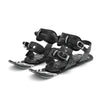
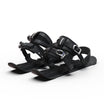
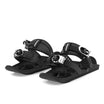

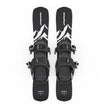
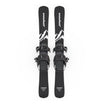

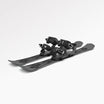
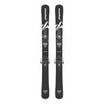

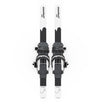





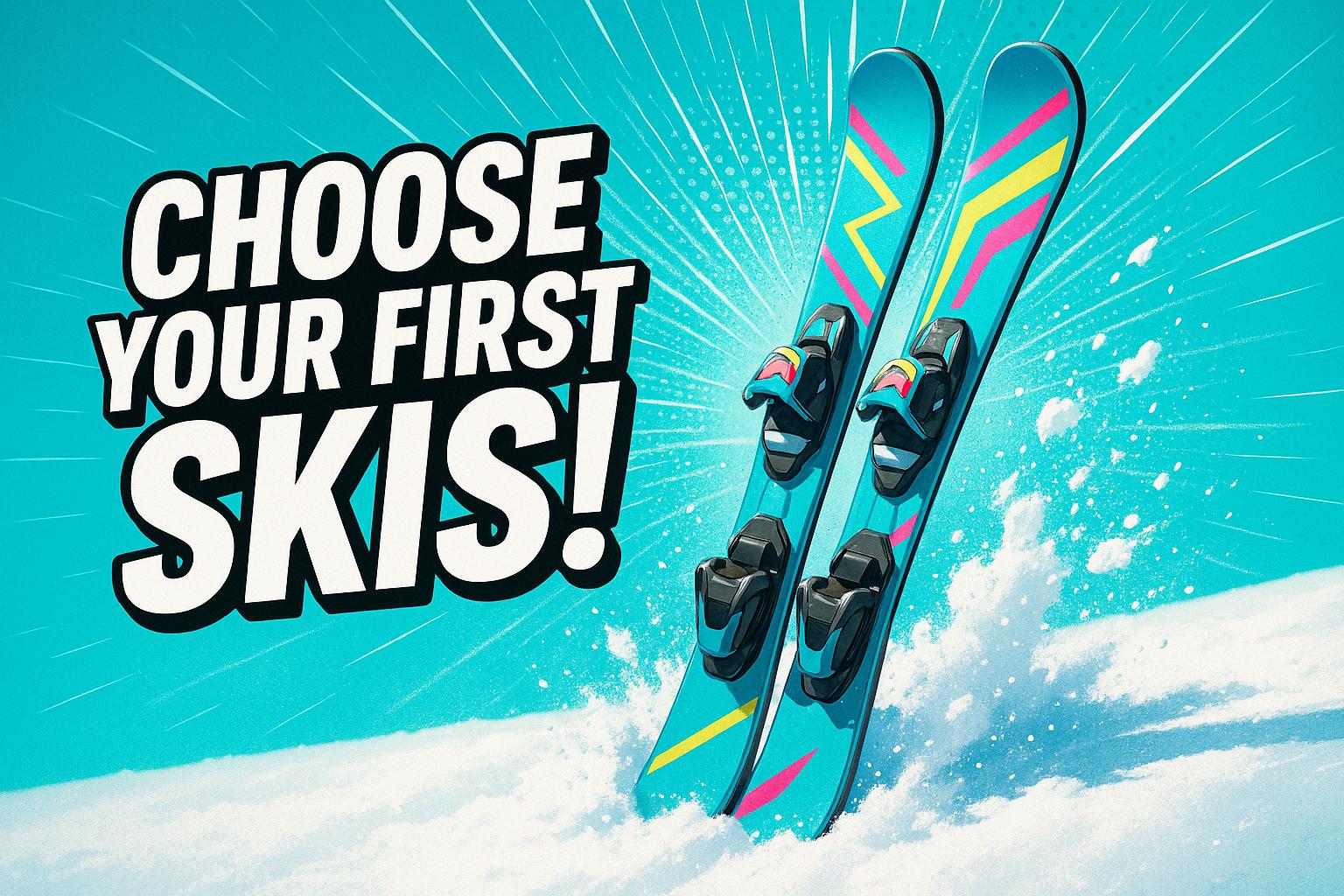
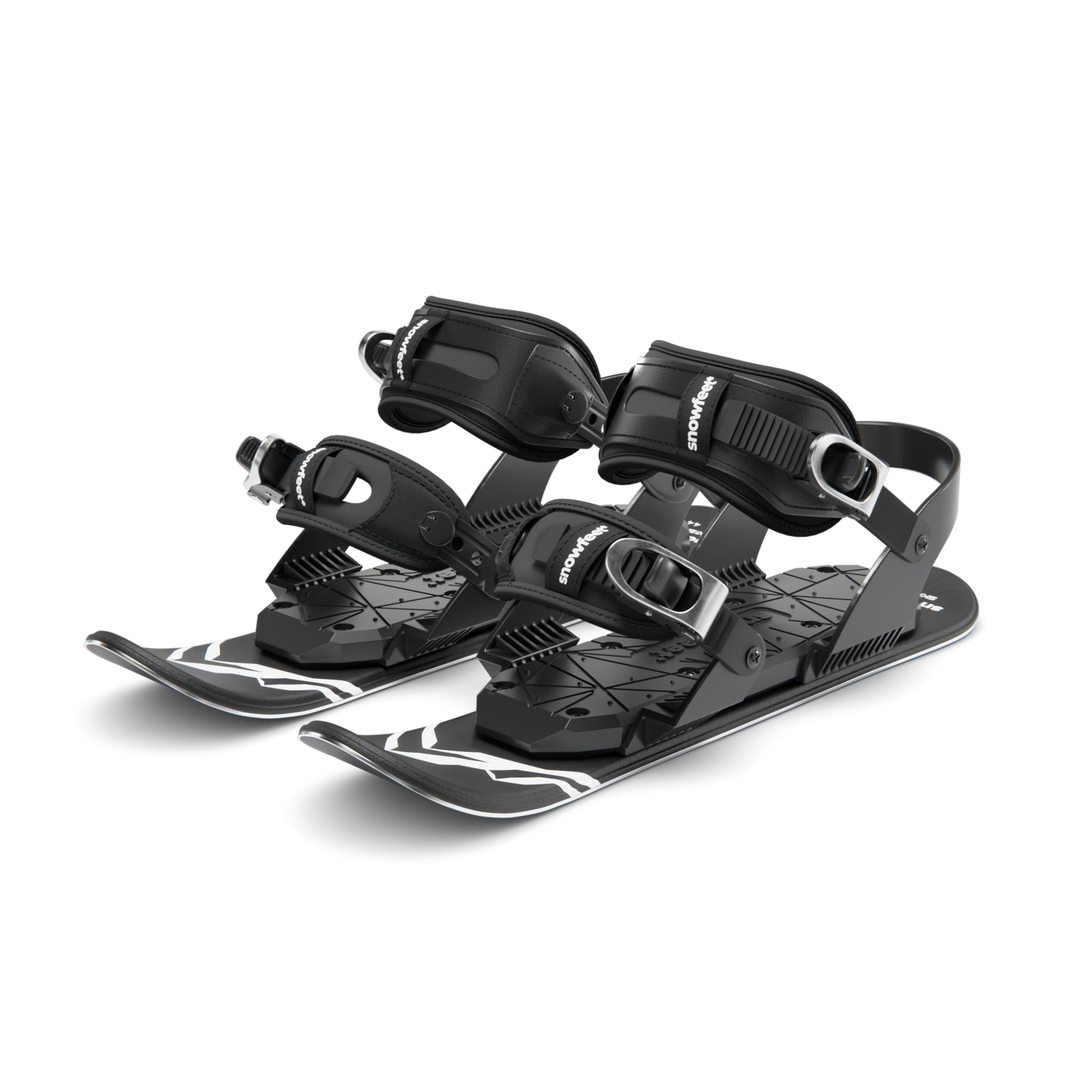

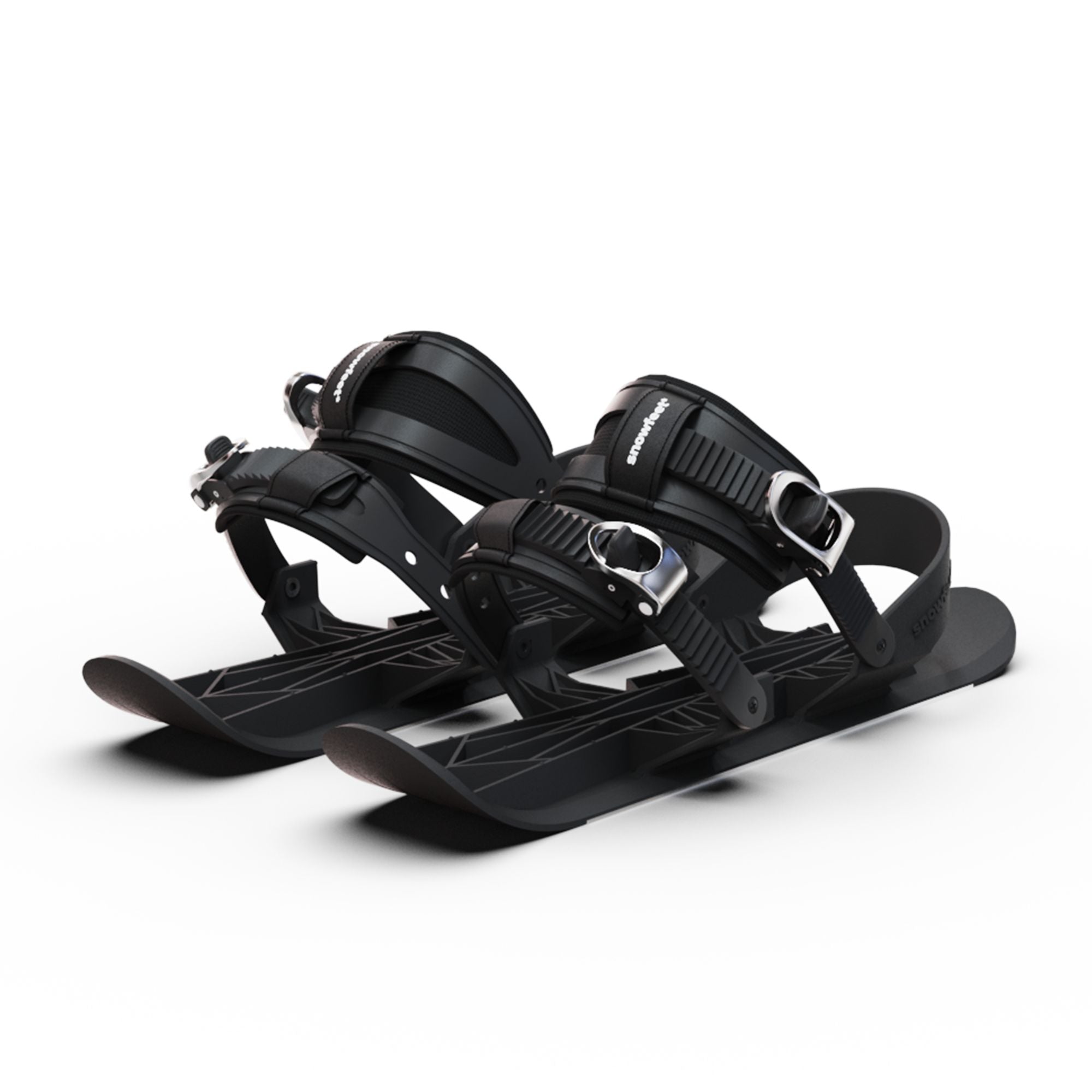
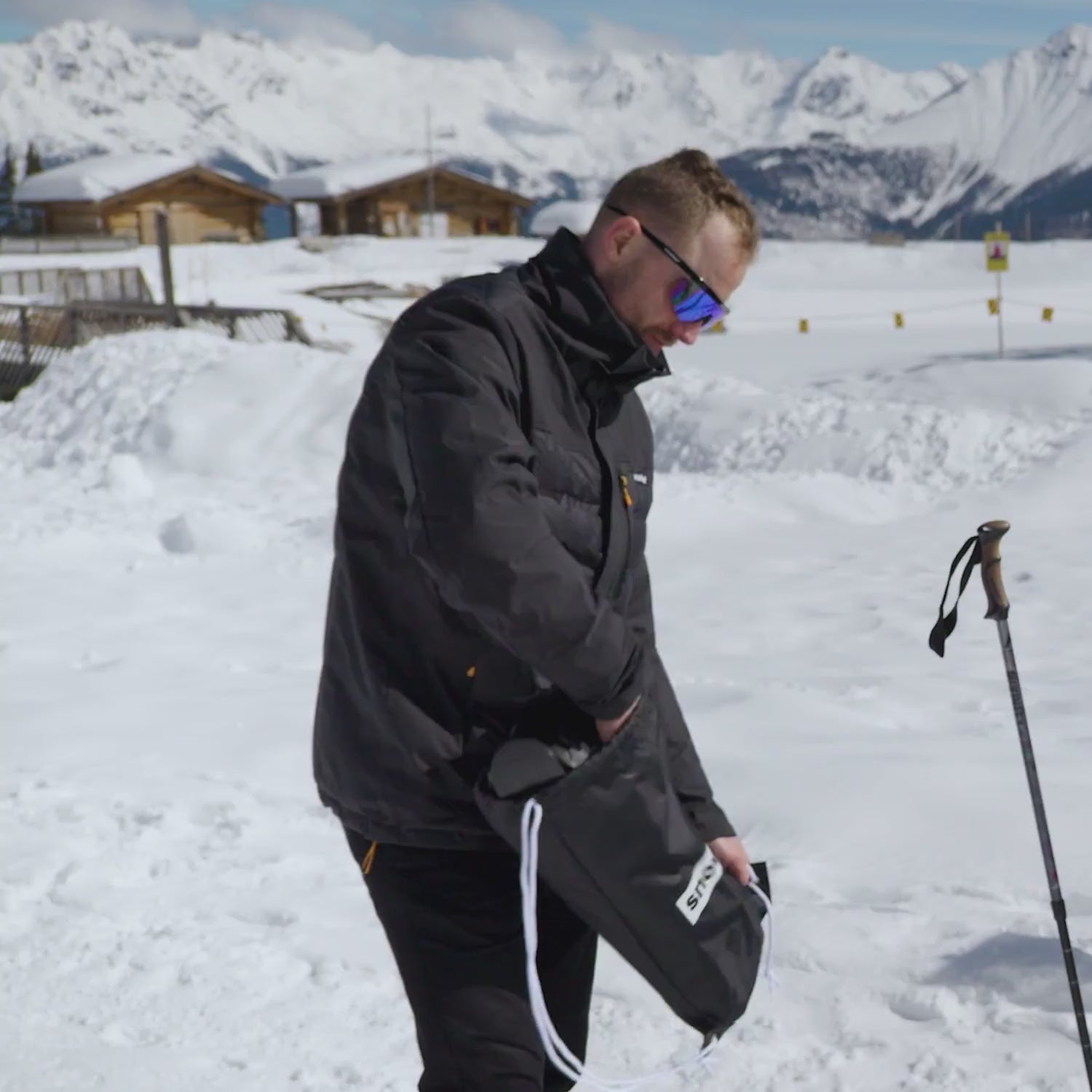
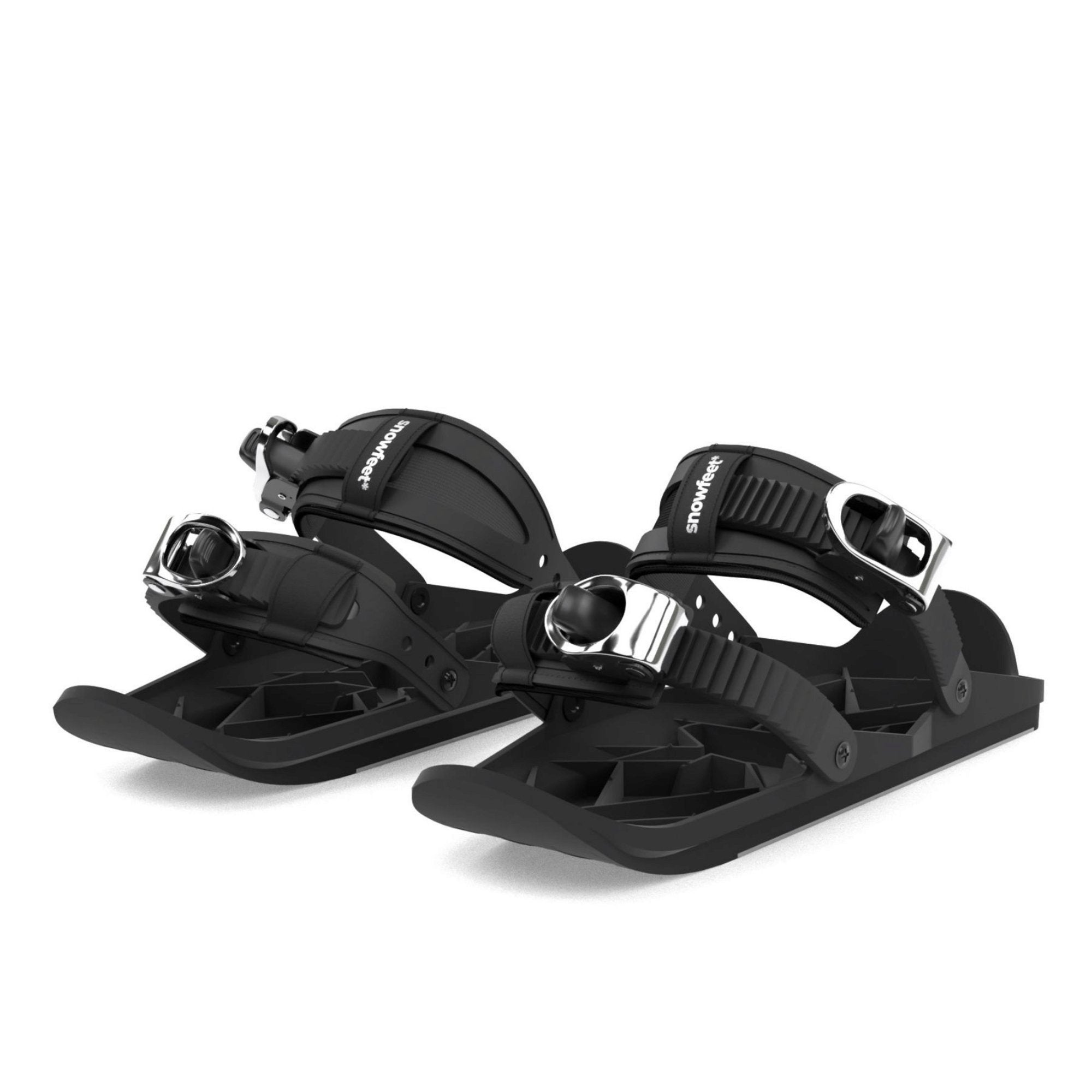
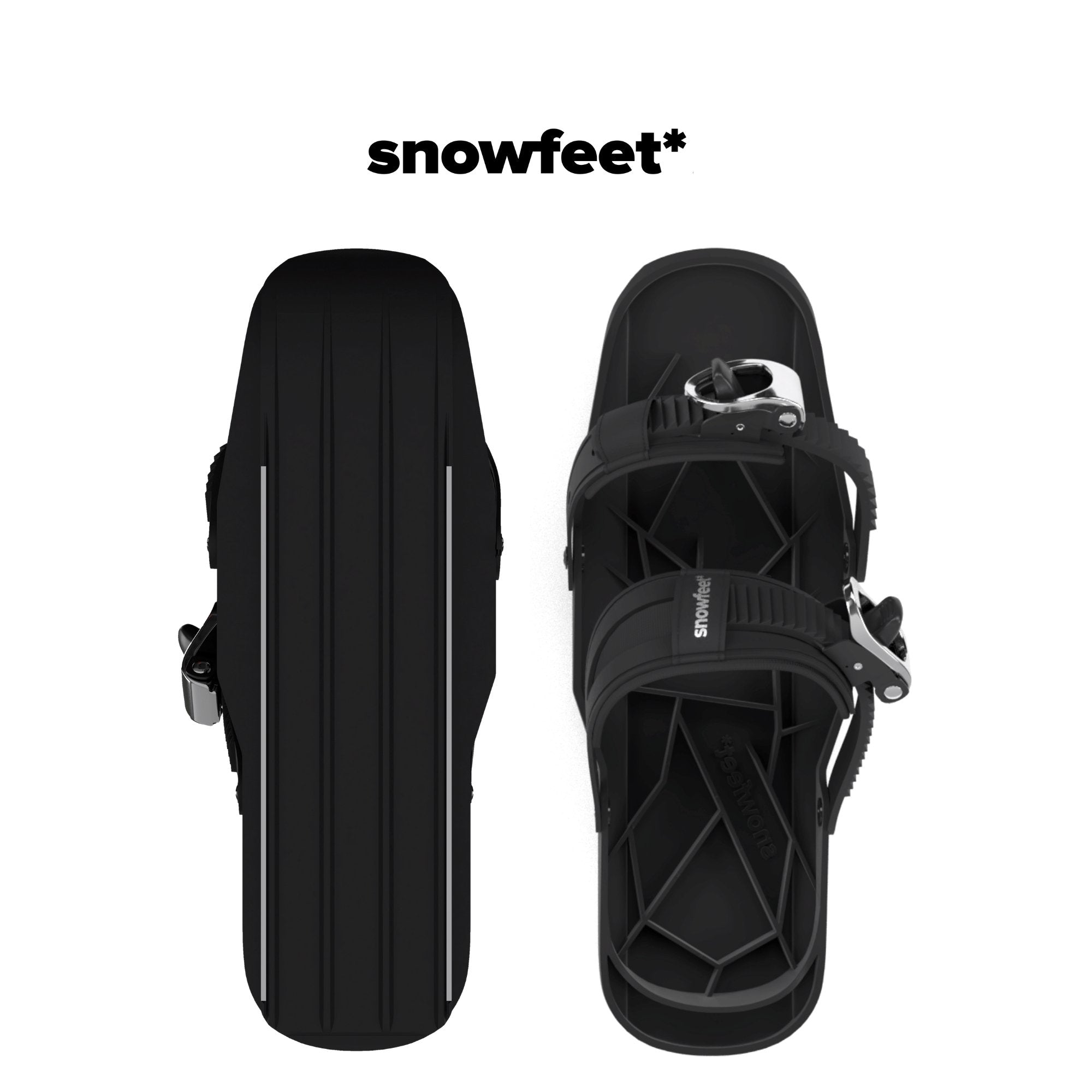
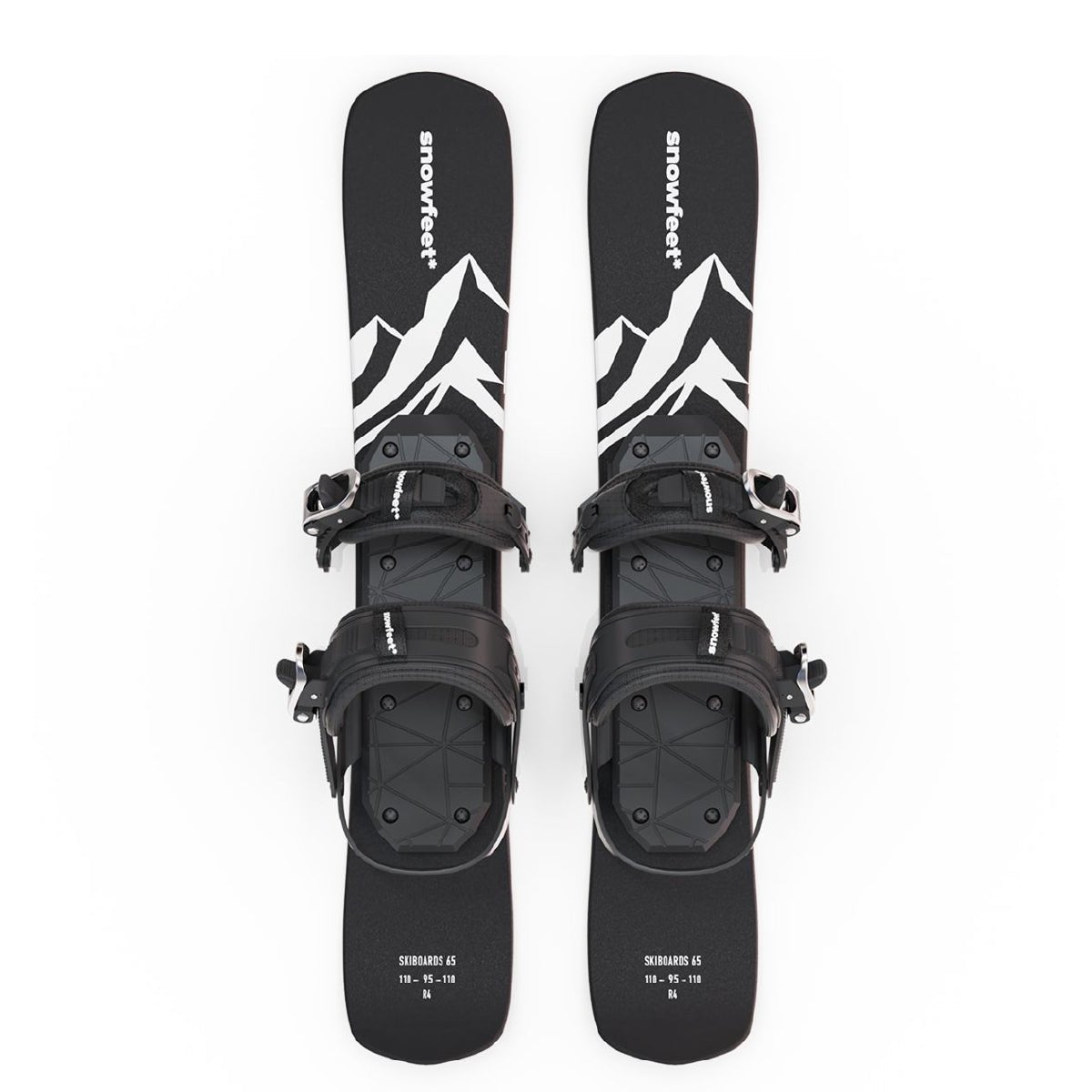
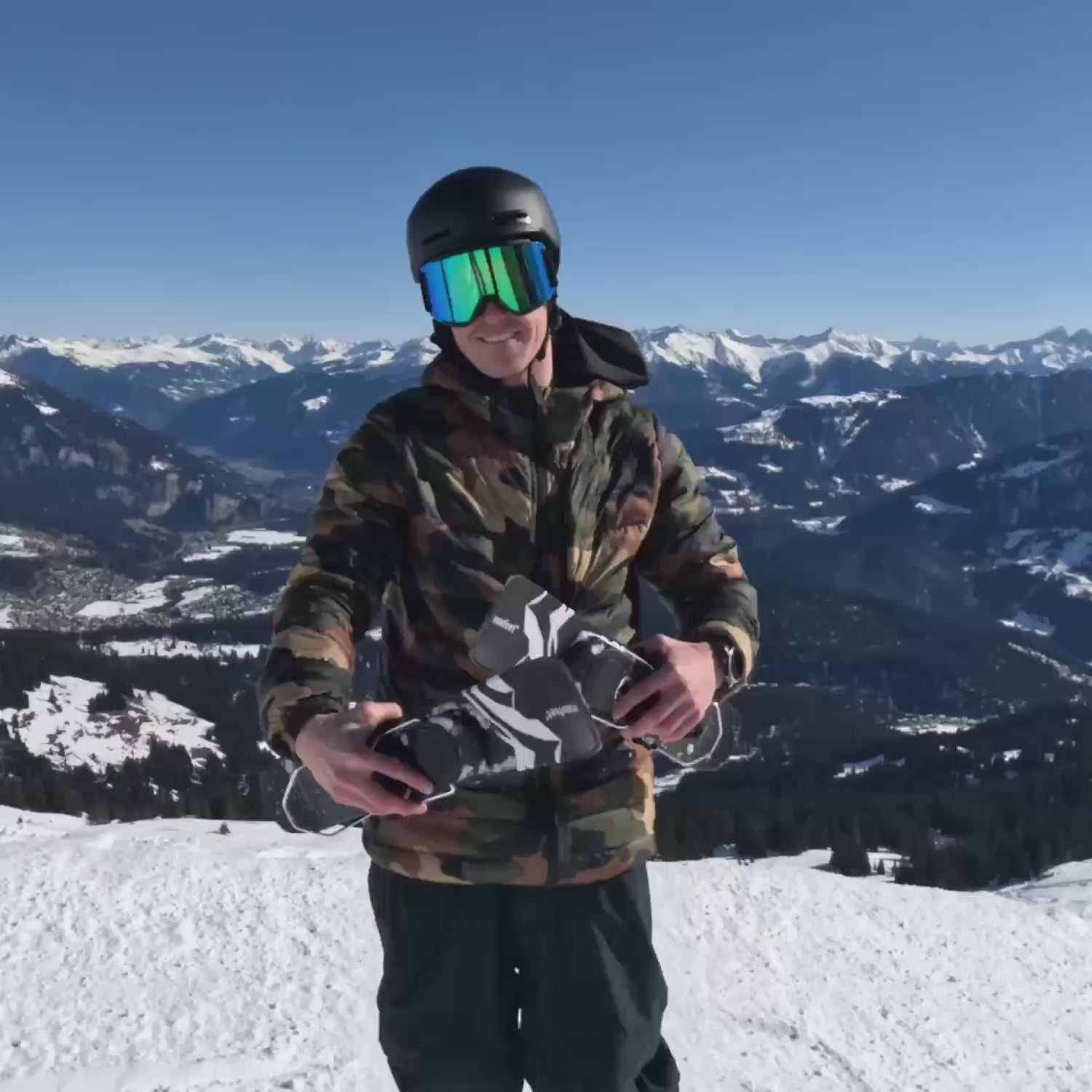
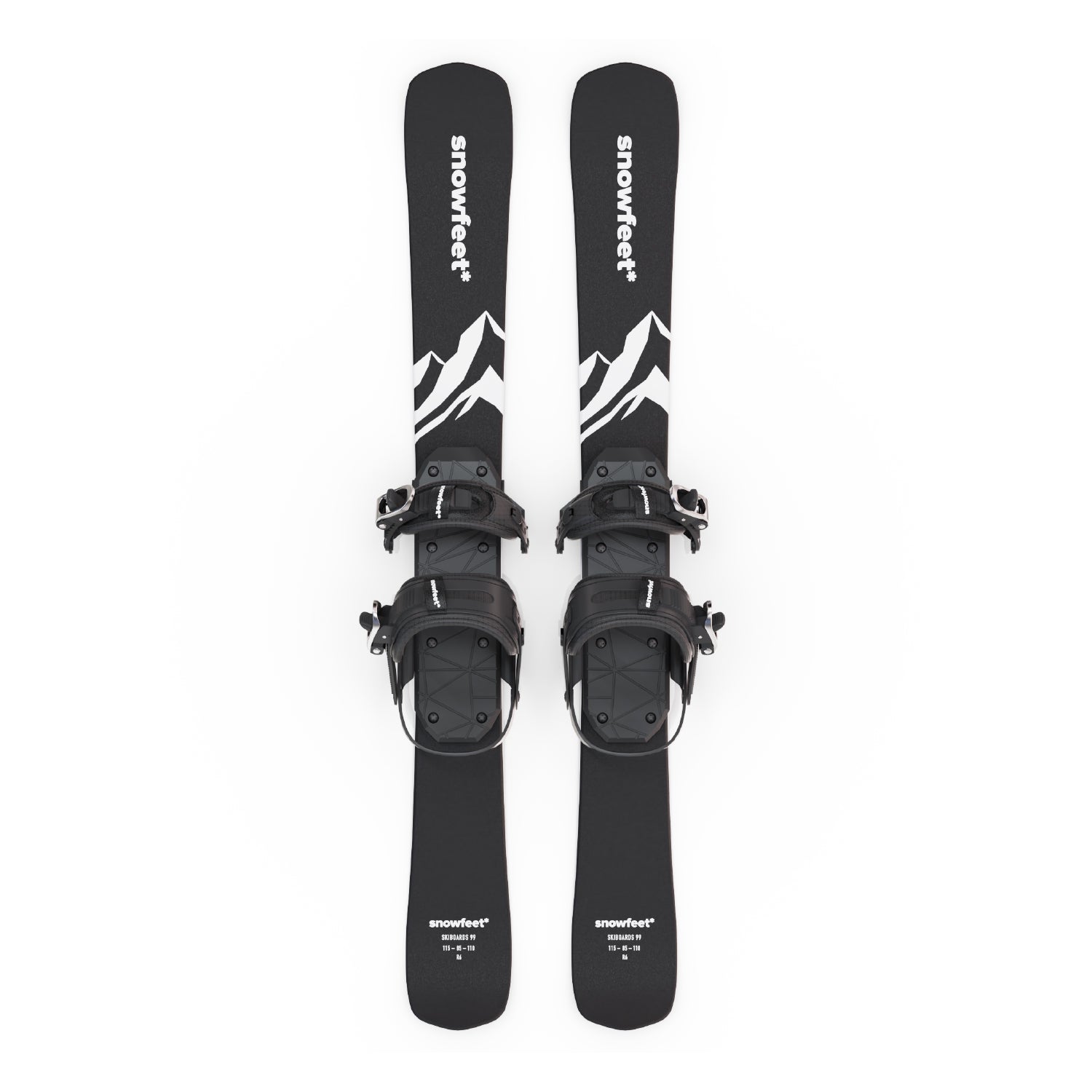
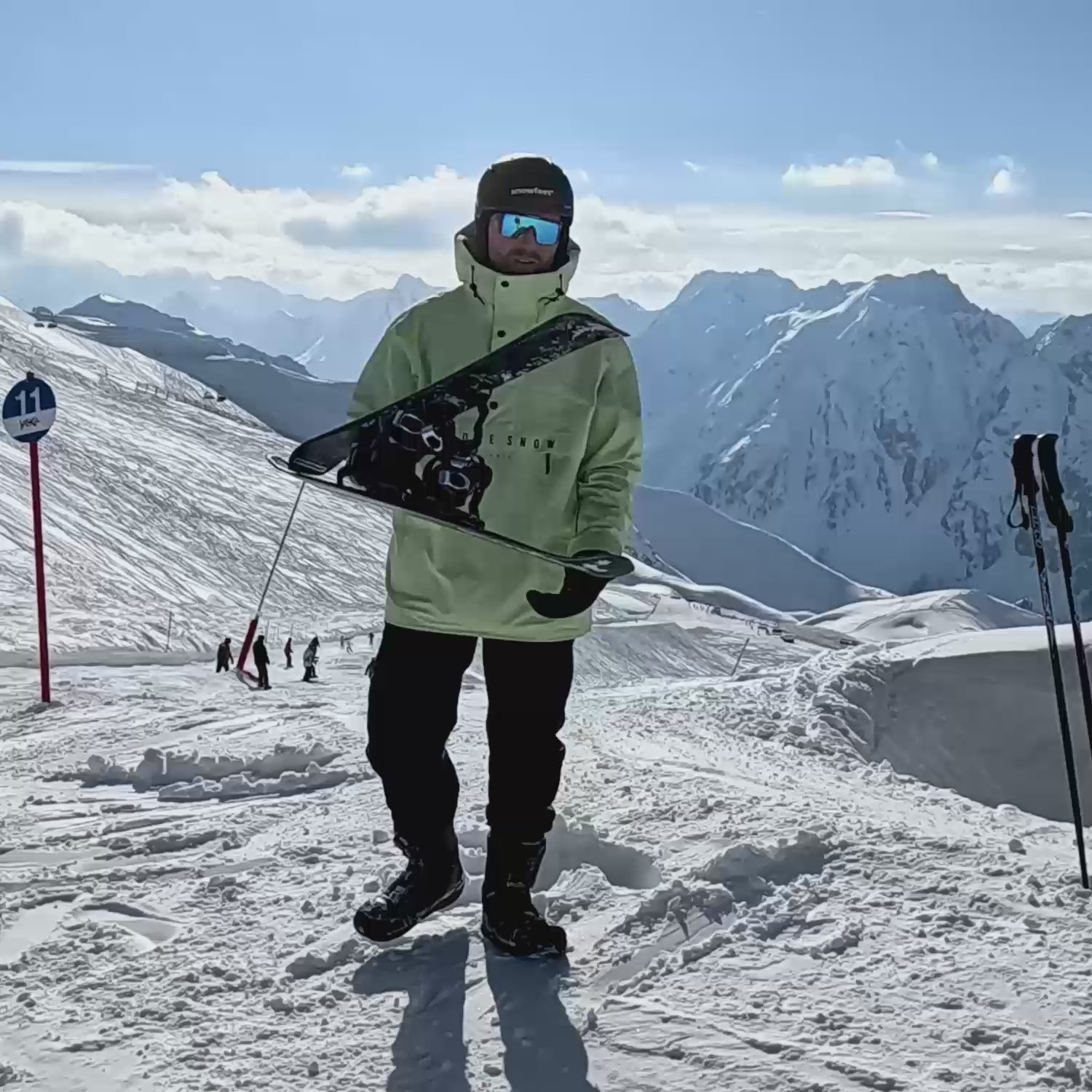
Lascia un commento
Questo sito è protetto da hCaptcha e applica le Norme sulla privacy e i Termini di servizio di hCaptcha.